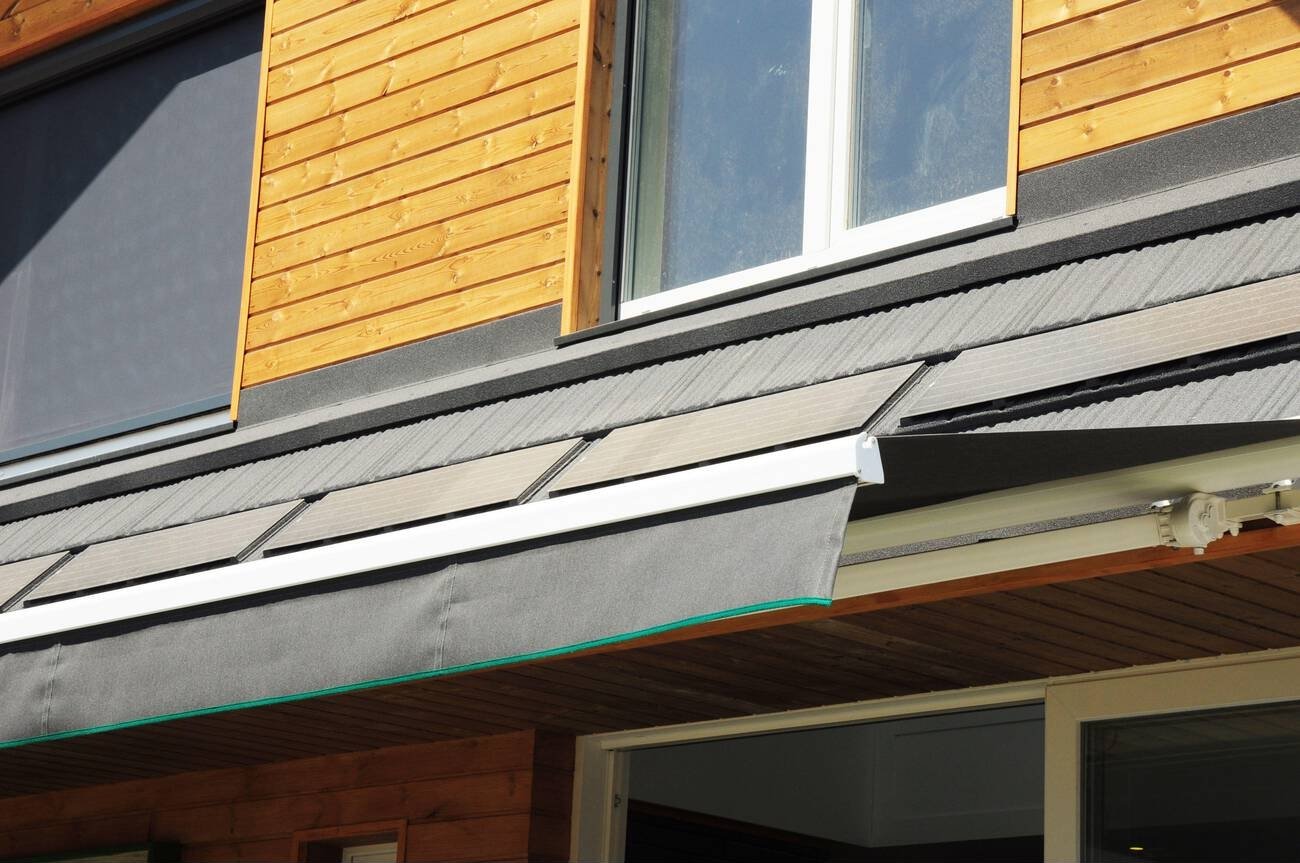Retractable Roof Systems Have you ever walked into a grand sports arena and marvelled at the sheer size of its opening roof? Or wondered how a once-static stadium can suddenly welcome sunshine, then close up to shield a crowd from the elements? The world of retractable roof architecture is full of mind-blowing designs and clever engineering. It has become an essential part of modern venues, offering quick adaptability to changing weather conditions and audience demands. But believe it or not, retractable roof structures were not always this high-tech or prevalent.
Today, these innovative roofs are found in a wide range of settings, from bustling city stadiums to cosy residential homes in Australia and beyond. Their success is rooted in decades of pioneering experiments and improvements in materials, technology, and building techniques. As we trace back through time, we’ll see how visionary architects paved the way for lightweight and robust stadium covers that can move effortlessly. We’ll also find out why more homeowners are embracing small-scale retractable roof structures in their gardens, patios, and indoor-outdoor living areas.
By reading on, you’ll learn about the early foundations of retractable roof systems, how they’re used in sporting arenas, and the reasons people now want them for their own properties. We’ll also address questions about maintenance, cost factors, and how retractable stadium roofs influence gameplay. Whether you’re a casual observer of innovative architecture or considering a retractable dome for your own home, this post is your go-to resource for understanding the remarkable journey of these moving masterpieces.
Early Foundations: The Dawn of Retractable Roof Systems Architecture
The roots of retractable roof architecture stretch back further than many people expect. Early concepts revolved around the idea of a dynamic cover that could offer shade or shelter, then open up to let in natural light and fresh air. Architects looked for ways to lighten heavy roof structures, experimenting with frames that could slide, pivot, or fold without collapsing. These initial attempts were far from perfect, but they laid the groundwork for future success.

Some of the earliest concepts for retractable roofs were quite rudimentary. Timber frames or simple metal rails would support large fabric panels that could be pushed aside. In a sense, they functioned like oversized curtains that drew back to reveal the sky. A few small theatres and amphitheater’s dabbled in these designs, but they often struggled with stability, weatherproofing, and durability. Nonetheless, the thought of a building that transforms its roof on command was compelling enough to keep researchers, architects, and even inventors intrigued.
Australia played a surprising part in the development of retractable roof architecture. The country’s blazing sun and occasional extreme weather demanded creative approaches to building design. Early examples trod the line between full enclosures and open-air venues, and some smaller arenas tested provisional retractable roof structures. While not all attempts were successful, they provided valuable lessons for modern solutions. Over time, as construction materials improved and technology evolved, Australian architects became leaders in designing open-close stadiums that soon inspired the rest of the world.
Retractable Roof Stadiums: A Modern Marvel
When we think of retractable architecture today, sports stadiums are often the first things that come to mind. From cricket matches in Melbourne to rugby games in Sydney, Australian sports fans have grown accustomed to dynamic stadium roofs that adapt to unpredictable weather. Yet the concept of a retractable stadium roof—Iike a vast mechanical canopy—was once little more than a futuristic dream.
A retractable stadium roof typically relies on motorised tracks or rotating arms to guide its panels into an open or closed position. The segments might slide horizontally, fold like an accordion, or lift in sections. Electrical or hydraulic power systems activate motors designed to withstand the hefty weight of steel and other materials. Sensors and control panels are then used to monitor wind loads, temperature, and mechanical stress. This helps operators decide when it’s safest to move the roof or keep it in place. The result is a venue that can welcome the sunshine one moment and shield spectators from rain the next.
Australia boasts several iconic retractable stadiums that demonstrate the potential of this architecture. Marvel Stadium in Melbourne is known for its imposing roof panels that glide along tracks, creating an indoor arena atmosphere when needed. Meanwhile, Perth’s Optus Stadium has experimented with partially retractable sections for increased airflow during hot summers. These stadiums highlight how retractable roof stadiums Australia-wide help locals and tourists appreciate the best of both worlds: fresh air for day matches and protection from the elements at night.
Expanding Horizons: Retractable Roof Systems in Residential Homes
While large stadium roofs get most of the attention, retractable roof structures are becoming increasingly popular in residential settings. From small urban patios to luxurious pool enclosures, homeowners are discovering the perks of adjustable covers that let them enjoy their living spaces in all sorts of weather.
Many people crave an indoor-outdoor lifestyle, where fresh breezes and natural light blend seamlessly with indoor comforts. A retractable roof delivers just that. It can transform a cramped courtyard into an airy retreat or protect a patio from sudden downpours without losing that open feeling. Plus, these roofs can expand usable space, perfect for family gatherings, weekend BBQs, or simply lounging with a book. They also add a modern twist to home design, creating a visual statement that sets your property apart.
Apart from style, energy efficiency is a big motivator. A retractable roof structure can help regulate indoor temperatures by letting in more sun during winter and blocking harsh rays in summer. When combined with strategically placed windows and blinds, it reduces the need for artificial lighting and air-conditioning. Over time, this can lead to lower energy bills. In mild climates, like much of Australia, a retractable roof can extend the comfortable season for outdoor living, making the most of gorgeous spring and autumn days.

Future Trends in Retractable Roof Systems
Retractable roof systems, architecture keeps evolving as technology advances. Sustainability and eco-friendly designs are playing a bigger role in these systems, while smart technology is making them simpler to operate. Innovations that were once confined to large arenas are now commonplace in smaller venues, and Australia’s warm climate is a perfect testing ground for new ideas.
As environmental concerns grow, architects aim to minimise the carbon footprint of stadiums and homes alike. Modern retractable roof systems might incorporate solar panels, intelligent temperature sensors, and automatic shading features that help reduce energy consumption. These roofs can self-adjust based on real-time conditions, like opening up when it’s cool to save on air-conditioning costs and closing when the sun’s rays become too harsh. Eco-friendly materials and biodegradable components may also be integrated, lessening the long-term environmental impact of large structures.
Australia’s geography and climate conditions provide excellent motivation for innovative building solutions. From the scorching heat in the outback to the tropical storms of the northern regions, developers face a broad spectrum of weather challenges. Retractable roof stadiums Australia-wide already demonstrate what’s possible in megastructures. There’s reason to believe we’ll see smaller sports clubs, cultural centres, and public facilities adopt flexible frameworks in the near future. Moreover, as the cost of retractable systems decreases, everyday homeowners may find it more viable to install their own retractable roof architecture—whether for a patio, greenhouse, or even a backyard shed.
Conclusion
Retractable roof systems are a testament to human creativity, showing how we can harness engineering and technology to interact more flexibly with our surroundings. From their earliest conceptual steps to the massive stadium roofs, we now admire, these structures tell a story of constant innovation and adaptation. Today, retractable roof architecture extends beyond professional sports arenas, becoming an appealing option for homeowners who want to make the most of the Australian climate.
If you’ve ever imagined enjoying a fully open terrace in the morning, then closing it up to protect yourself from a sudden midday downpour, you’ll understand why residential retractable roofs are on the rise. Whether at a sprawling sports complex or in your own small garden, these movable covers blend style and practicality to create spaces that work with nature rather than against it. With improved materials and smarter technology on the horizon, the future of retractable roof design is only growing brighter.
Ultimately, the evolution of retractable roof systems is far from over. Future developments will continue to push boundaries, paving the way for even more creative uses in both large-scale and residential contexts. By embracing a design that adapts to changing weather and lifestyles, we stand to enjoy spaces that are as dynamic as the world around us. The moveable roof could very well become a defining element in Australian architecture, bridging the gap between luxury, sustainability, and everyday functionality.









Leave a Review